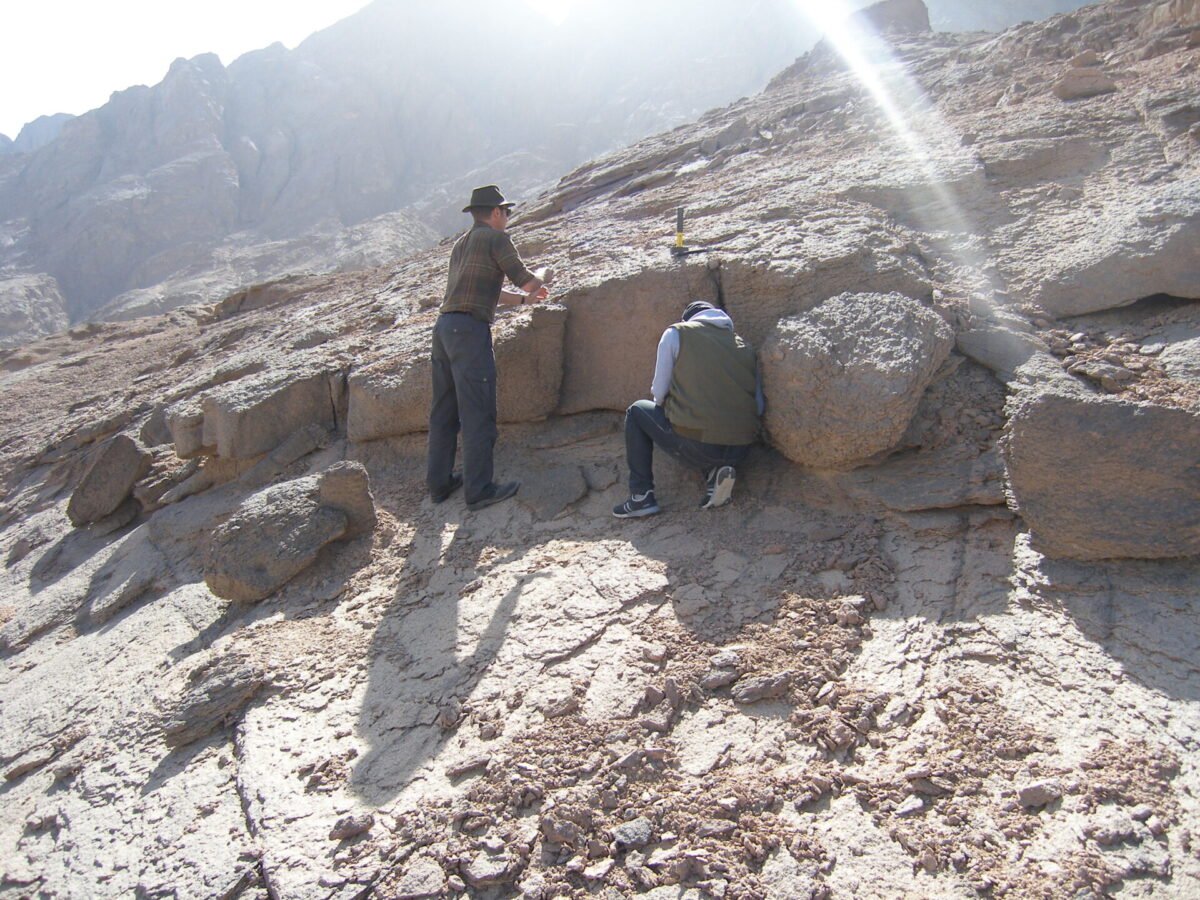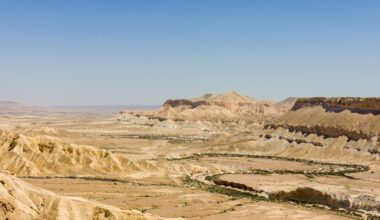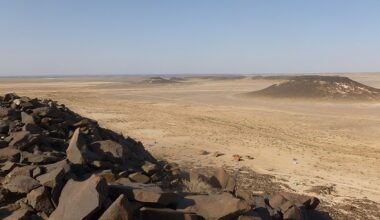Project summary
This project reconstructs the past 25,000 years of landscape change in the Eastern Desert of Egypt and in Jordan and possibly significantly longer within the Quaternary period.
Project details
Location: Egypt, Jordan
Year(s): 2019
Project director(s): Paul Carling (University of Southampton)
Lead institutions and funding:
- CBRL
Project description
Alluvial fans are a widespread yet under-utilised source of climate change information in the Levant. Extensive large alluvial fans in the Eastern Desert of Egypt and in Jordan are now largely incised and inactive but may have been built during more pluvial periods. Episodes of fan-building and incision reflect shifts in regional hydrology and sediment supply, which we date using cosmogenic nuclides and optically-stimulated luminescence. This project reconstructs the past 25,000 years of landscape change and possibly significantly longer within the Quaternary period.
Field surveys in 2018 and 2019 have mapped incised fan surfaces, logged sedimentary sections and provided datable rock samples. The elevations of recent flood debris, in channels upstream of fans, have been surveyed and used to model the size and frequency of recent floods. These latter data reflect the modern hydrological regimen and provide a benchmark to evaluate the estimates of palaeoflood discharges of Holocene or late Pleistocene ages. As well as explaining past geomorphological evolution of the region, the study has broader implications related to defining wet periods when early humans may have migrated past the Red Sea. As urbanisation and irrigation agriculture becomes increasingly dependent on coastal aquifers, there is a pressing need to define the past and present recharge potential of the aquifers. In contrast, floods from the fans may reach the coast causing damage and loss of life. A better understanding of fan-related flood hydrology will assist in urban planning.
A paper on the modern hydrology of the Eastern Desert has been published. A further paper in revision considers evidence that a Jordanian desert lakeshore hosted human occupation on a corridor for human dispersal out of Africa.
Project bibliography
Carling, Paul. 2020. Alluvial fans as indicators of past climate change in the Levant. Bulletin of the Council for British Research in the Levant 2018-2019, p 20.
Abbas et al.. 2020. Flash-flood hydrology and aquifer-recharge in Wadi Umm Sidr, Eastern Desert, Egypt. Journal of Arid Environments, 178.
Published:26 November 2021
















